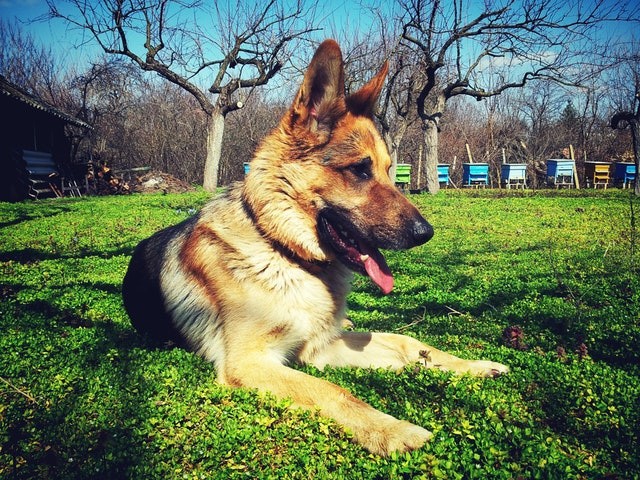Recent research suggests the immeasurable majority of animals known as 'wild dogs' in Australia are literally pure canines or dingoes that are mostly dingo when it comes to their genetic makeup.
Researchers gathered the outcomes from DNA tests of more than 5,000 wild canids across Australia and discovered that only about 1% were really dog-dominant or feral dogs hybrids.

Specimens Experimented in the Study
Kylie Cairns a conservation biologist from the University of New South Wales (UNSW) said: "We don't have an issue of a feral dog in Australia, they just aren't official in the wild. There are few times when a dog might walk to the bush, but it doesn't have any impact significantly on the population of the dingo."
In fact, of the 5,039 specimens experimented in the study, 33.7% were clearly dingoes, 30.4% were likely dingoes, and 34.7% were canids with more than 50-75% dingo pedigree. That is to say, the terminology of the 'wild dog' almost entirely misconstrues the truth about what these animals honestly are, and it's not just an inquiry of semantics.
Previous Research
Past research has shown that most Australians are in general ignorant that the management of wild dog systems in Australia (like baiting and culling) also targets dingoes including feral dogs of current, domesticated lineage, and probably due to the fact that the ambiguous terminology completely renders dingoes unseen.
As apex predators, dingoes play an important role in Australia's environment when given the chance to do so. Separating them from the landscape has witnessed native grasslands allow an overabundance of troublesome woody shrubs, authorized foxes and feral cats to eat up endangered marsupials uncontrolled, and even transformed the sand dune's shapes.
Interbreeding Between Dogs and Dingoes
The discoveries, partly funded by dingo conservation bodies, also oppose the insight the dingo, Australia's apex land predator, is becoming defunct in the wild. While hybridization is actually happening in Australia, interbreeding between dogs and dingoes accounts for only a few amounts of wild canids - with most of the dog entrance evident in the large population in southeastern parts of the country.
The causes for this could be dual, reflecting both the historical effect of European settlement in the area (giving much time for the genes of the dog to blend within the populations of dingo), but also the impacts of the management systems of 'wild dog' in Australian states like southern Queensland, New South Wales, and Victoria.

Likelihood of Hybridization
The researchers wrote in a paper that the worldwide happening of intensive lethal control, mostly aerial baiting, may escalate the likelihood of hybridization of dingo and dog by rupturing dingo social structures.
While the outcomes show that dingo is actually holding on in Australia in spite of these pressures, mostly in parts of the country that use minimal lethal control measures, the scientists say the conversation about this native animal needs to be made in plain terms, not using unclear 'wild dogs' language that masks the fact and proportion of lethal dingo management systems.
Related Article: Ancient Dog Fact You Didn't Know That Scientists Found Out Today
For more news, updates about dogs and similar topics don't forget to follow Nature World News!
© 2025 NatureWorldNews.com All rights reserved. Do not reproduce without permission.





